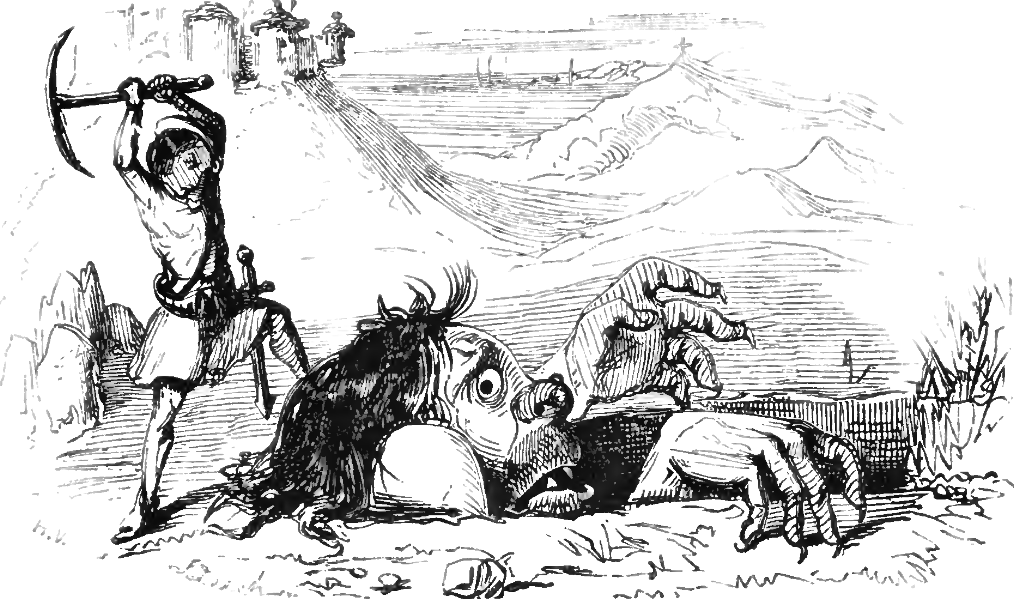<
In the Land of the Giants: Folklore’s Biggest Villains. Literally
